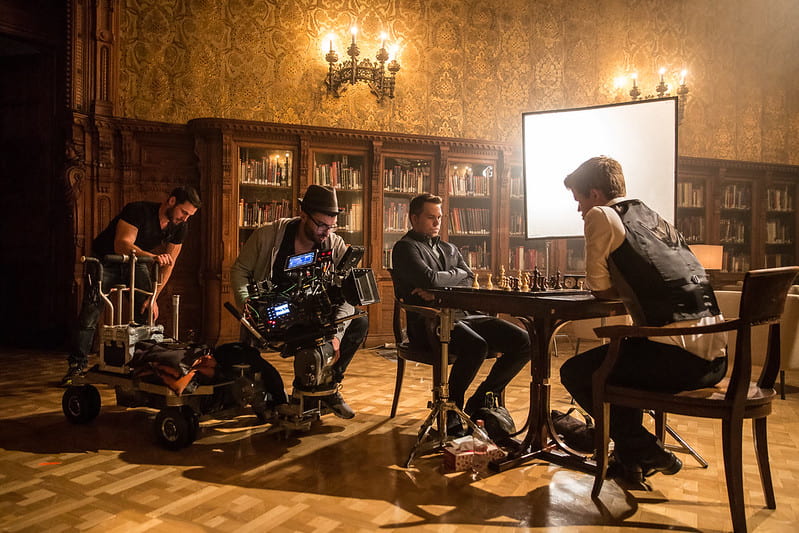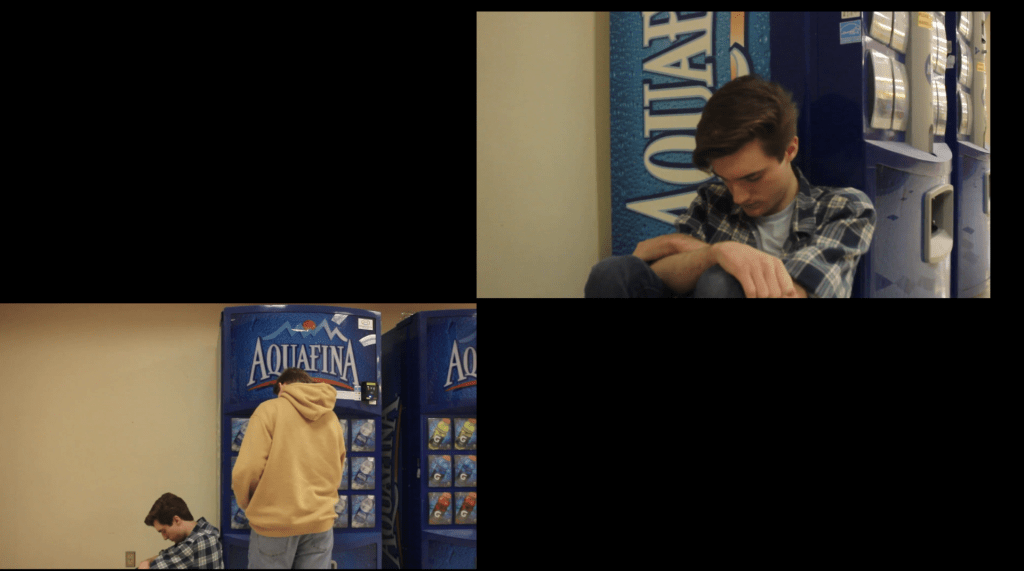
SUMMARY
Role
Cinematographer
Intention (SMART Goal)
By March 1, as Cinematographer, I will have evidence of using differnet froms of space by following DEEP SPACE, FLAT SPACE, LIMITED SPACE, AND AMBIGUOUS SPACE IN FILM for Session 4.
PRE-PRODUCTION – INQUIRY
Leader(s) in the Field / Exemplary Work(s)
Training Source(s)
- 0:13 Deep Space is on the four forms of space used in film
- 0:17 Deep Space can be used to expand a scene to show scale and raise tension
- 0:21 Deep Space uses large amounts of depth
- 0:37 Flat Space is the second of the four forms of space used in film
- 0:42 Flat Space is often used in Wes Anderson’s films the flat style of the image gives it the feeling of a painting
- 0:49 The flat style of the image gives it the feeling of a painting, as Flat Space lacks depth completely
- 0:53 The third for of space is Limited Space
- 0:63 Limited Space provides a feeling of helplessness and isolation
- 0:63 This example from Inglourious Basterds shows the isolation of the character of Shosanna as she runs away from the nazi forces that have just killed her family
- 0:73 The forth and final form of space is Ambiguous Space
- 0:77 Ambiguous Space is commonly used in horror and thrillers to portray a character’s slipping mental state
- 0:85 Ambiguous Space doesn’t properly portray people and things sizes which can add suspense to a scene
Project Timeline
First I will study my leader in my field (Jeff Cronenworth) and will take notes on his style and how it impacts the story. I will then study my training source (DEEP SPACE, FLAT SPACE, LIMITED SPACE, AND AMBIENT SPACE) and take notes on how the different types of space look and add to a story. I will next go to the location that my group plans on filming in looking for ways to use space to elevate my groups story. Next I will start working on a storyboard keeping the different types of space and the location in mind as I draw the storyboard. After that I will speak with my director and make sure that their blocking and vision for the scene will work with my framing and storyboards. If my storyboard and the director’s vision do not align I will adapt my storyboard until it helps me complete my SMART goal (By March 1, as Cinematographer, I will have evidence of using differnet froms of space by following DEEP SPACE, FLAT SPACE, LIMITED SPACE, AND AMBIGUOUS SPACE IN FILM for Session 4.) and contributes as much as possible to the story. Next I will speak to my editor and make sure he understands each shots order and importance to the story. Next I will make sure that my scene is lit properly and that the picture looks clean and not noisy. I then began filming with my group and operate the camera. After each day of filming I will download each shot to my computer. Once each shot is uploaded to my computer I will upload it to a shared google drive with the rest of my group.
Evidence of Team Planning and Decisions
PRODUCTION – ACTION
The FILM
Skills Commentary

POST-PRODUCTION – REFLECTION
21st Century Skills
Ways of Thinking (Creativity, Innovation, Critical Thinking, Problem Solving)
During production our team faced a multiatde of promblems which we came up with creative solutions that fit within our timeframe and skills.
Ways of Working (Communication & Collaboration)
I communicated with members of my team everyday and made sure that everybody’s ideas were heard. During days that I was gone I made sure to communicate with my team and stay in the loop.
Tools for Working (Info & Media Literacy)
I used our teams storyboard along with a Canon Rebel T3i to create the film.
Ways of Living in the World (Life & Career)
This session taught me about working in a team requries work from everybody, even if you can’t be there.
Reactions to the Final Version
Kaden- “You could use a pan to remove the tension from the scene.”
James- “Focusing on the dollar could have added context to the scene.”
Self-Evaluation of Final Version
As this film was my first time being a cinematographer, I am very proud with how the film looks, the film wasn’t noisy and the framing added to the impact of story that my team and I were trying to tell.
Grammar and Spelling
Grammarly
Editor
Henry